Discover 8 hidden attractions, cool sights, and unusual things to do in Amarna (Egypt). Don't miss out on these must-see attractions: Small Aten Temple, Thutmose, and Tombs of the Nobles. Also, be sure to include Amarna Tomb 3 in your itinerary.
Below, you can find the list of the most amazing places you should visit in Amarna (Al Minya).
Table of Contents
Small Aten Temple
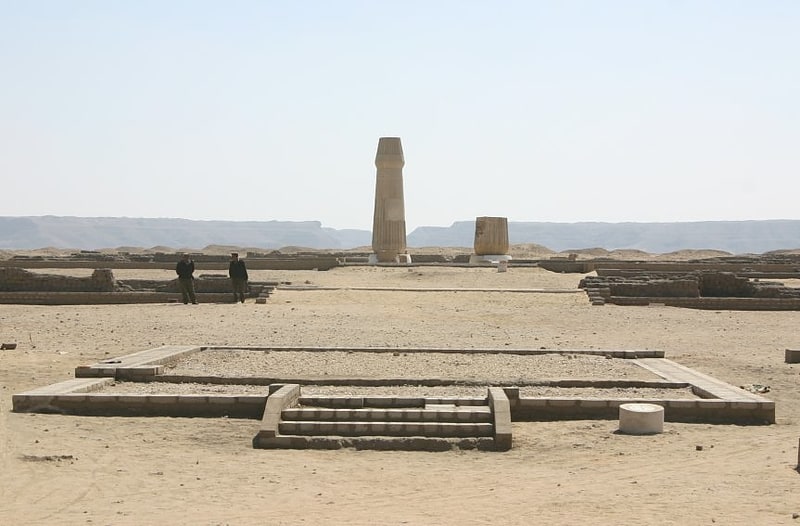
Egyptian temple in Egypt. The Small Aten Temple is a temple to the Aten located in the ancient Egyptian city of Amarna. It is one of the two major temples in the city, the other being the Great Temple of the Aten. It is situated next to the King's House and near the Royal Palace, in the central part of the city. Original known as the Hwt-Jtn or Mansion of the Aten, it was probably constructed before the larger Great Temple. Its only contemporary depiction is found in the tomb of Tutu. Like the other structures in the city, it was constructed quickly, and hence was easy to dismantle and reuse the material for later construction.
It was first excavated in 1931 by the Egypt Exploration Society.[1]
Thutmose
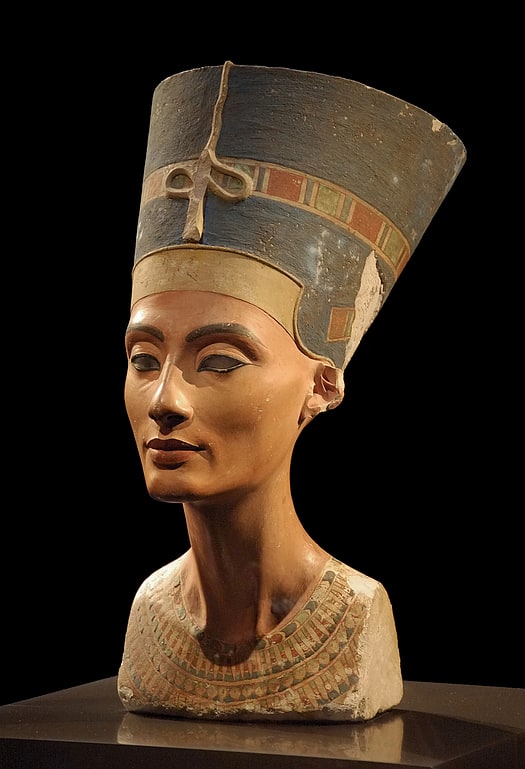
Also known as: تحتمس
Thutmose, also known as "The King's Favourite and Master of Works, the Sculptor Thutmose", was an Ancient Egyptian sculptor. He flourished around 1350 BC, and is thought to have been the official court sculptor of the Egyptian pharaoh Akhenaten in the latter part of his reign. A German archaeological expedition digging in Akhenaten's deserted city of Akhetaten, known today as Amarna, found a ruined house and studio complex in early December 1912; the building was identified as that of Thutmose based on an ivory horse blinker found in a rubbish pit in the courtyard inscribed with his name and job title. Since it gave his occupation as "sculptor" and the building was clearly a sculpture workshop, the determination seemed logical and has proven to be accurate.[2]
Tombs of the Nobles
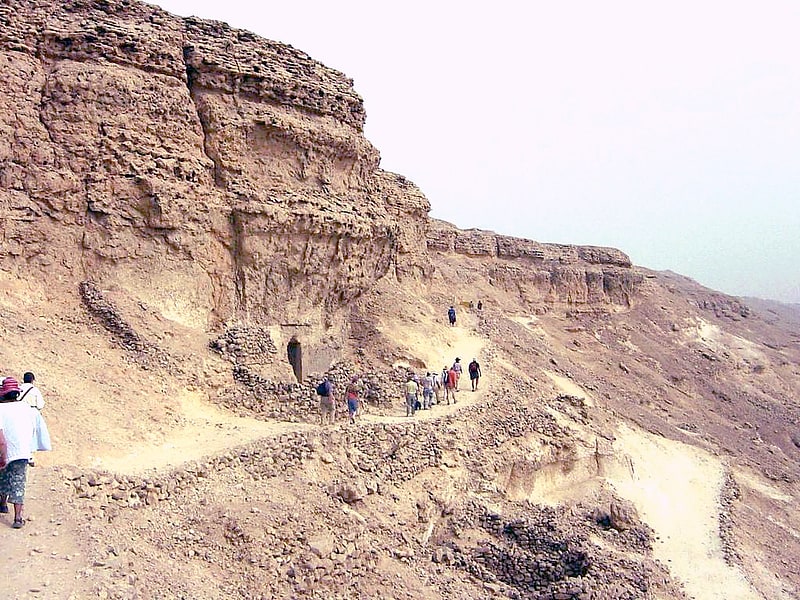
Also known as: مقابر النبلاء في تل العمارنة
Located in Middle Egypt, the Tombs of the Nobles at Amarna are the burial places of some of the powerful courtiers and persons of the city of Akhetaten.
The tombs are in two groups, cut into the cliffs and bluffs in the east of the dry bay of Akhetaten. There are 25 major tombs, many of them decorated and with their owners name, some are small and unfinished, others modest and unassuming. Each seems to reflect the personality and patronage of the tomb's original owner.[3]
Amarna Tomb 3
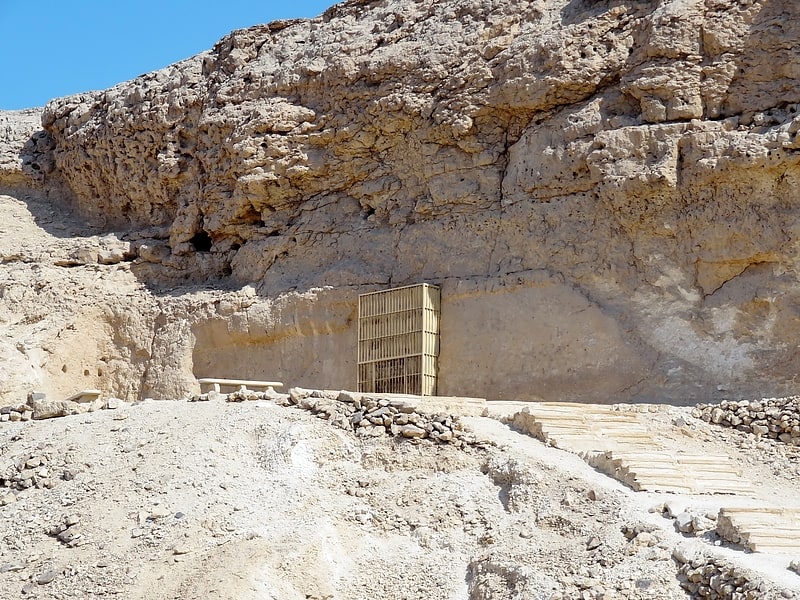
Amarna Tomb 3 is a rock-cut cliff tomb located in Amarna, Upper Egypt. The tomb belonged to the Ancient Egyptian noble Ahmes, who served during the reign of Akhenaten. The tomb is situated at the base of a steep cliff and mountain track at the north-eastern end of the Amarna plains. It is located in the northern side of the wadi that splits the cluster of graves known collectively as the Northern tombs. Amarna Tomb 3 is one of six elite tombs belonging to the officials of Akhenaten. It was one of the first Northern tombs, built in Year 9 of the reign of Akhenaten.
The Northern Tombs were first mapped and examined by Egyptologist John Gardiner Wilkinson in the early 1800s. The first comprehensive survey of Amarna Tomb 3 was performed by French Egyptologist Nestor L’Hôte in 1839. L’Hôte made castings and copies of the reliefs within the tomb, contributing to contemporary analysis of the site as many of these images are no longer visible. The tomb of Ahmose provides insight into elite Egyptian burial customs and funerary architecture in the New Kingdom period.[4]
Excavated Ancient Palace
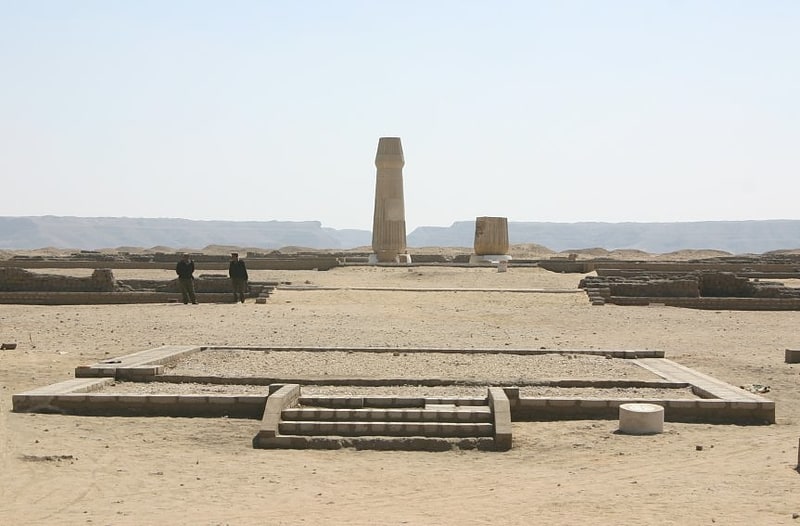
Also known as: تل العمارنة
Amarna is an extensive Egyptian archaeological site containing the remains of what was the capital city of the late Eighteenth Dynasty. The city was established in 1346 BC, built at the direction of the Pharaoh Akhenaten, and abandoned shortly after his death in 1332 BC. The name that the ancient Egyptians used for the city is transliterated in English as Akhetaten or Akhetaton, meaning "the horizon of the Aten".
The site is on the east bank of the Nile River, in what today is the Egyptian province of Minya. It is about 58 km (36 mi) south of the city of al-Minya, 312 km (194 mi) south of the Egyptian capital, Cairo, and 402 km (250 mi) north of Luxor (site of the previous capital, Thebes). The city of Deir Mawas lies directly to its west. On the east side of Amarna there are several modern villages, the chief of which are el-Till in the north and el-Hagg Qandil in the south.
Activity in the region flourished from the Amarna Period until the later Roman era.[5]
Northern Palace
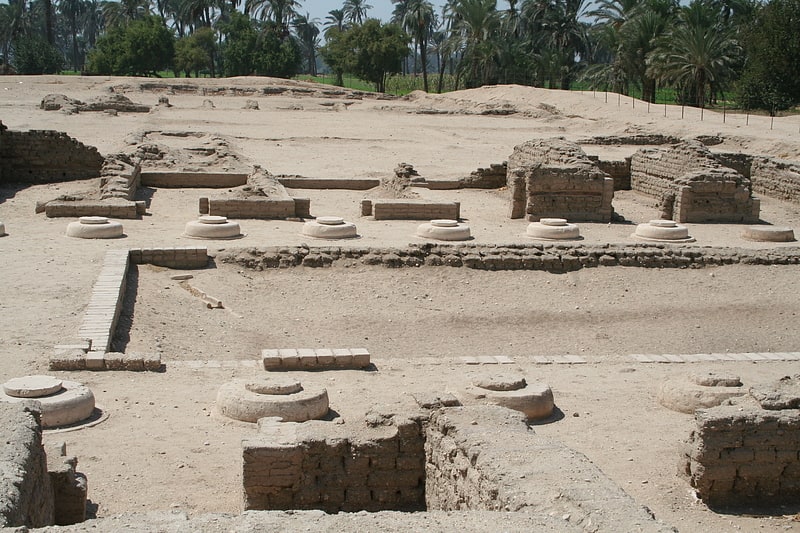
The Northern Palace, also called the North Palace, is located in the abandoned Northern Suburbs of the city of Ahketaten. This palace should not be confused with the North Riverside Palace further north in Amarna.
The North Palace is situated between the North Suburb and the North City of Amarna. It is an isolated building facing west to the river and oriented perpendicularly with respect to an extension of the Royal Road. The rectangular structure is arranged around a large open space. On one end of the open space is a throne-room complex. The complex included a pillared hall and a stone built balcony. Next to that area was the private bedroom and bathroom.
To the north of the throne room is a garden court with rooms for personal servants. The staff may have included the unguent preparer Ramose known from two letters that place in Meritaten's household. To the south of the throne-room are further servant quarters. On one side of the open center is and area that was used to house animals. The mangers were decorated with images of cattle, ibexes and antelopes. The structure featured limestone feeding troughs and mangers combined with tethering stones.
The palace is well known for its decorations. Many of the decorations were found in their original position. Common themes include papyrus plants growing in a swampy environment with birds and butterflies.
The residence was initially the home of one of Akhenaten's queens. It had been proposed that the palace was the home of the Great Royal Wife Nefertiti, and that the palace was later given as the primary residence of the eldest royal daughter Meritaten. In recent times however it has become clear that the palace was the home of Queen Kiya, and that after her death the palace became the residence of Meritaten.[6]
Ancient Tombs
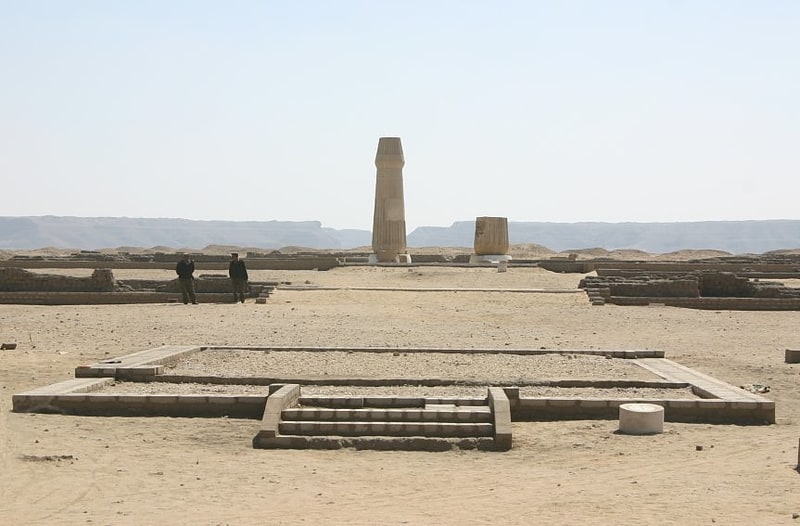
Amarna is an extensive Egyptian archaeological site containing the remains of what was the capital city of the late Eighteenth Dynasty. The city was established in 1346 BC, built at the direction of the Pharaoh Akhenaten, and abandoned shortly after his death in 1332 BC. The name that the ancient Egyptians used for the city is transliterated in English as Akhetaten or Akhetaton, meaning "the horizon of the Aten".
The site is on the east bank of the Nile River, in what today is the Egyptian province of Minya. It is about 58 km (36 mi) south of the city of al-Minya, 312 km (194 mi) south of the Egyptian capital, Cairo, and 402 km (250 mi) north of Luxor (site of the previous capital, Thebes). The city of Deir Mawas lies directly to its west. On the east side of Amarna there are several modern villages, the chief of which are el-Till in the north and el-Hagg Qandil in the south.
Activity in the region flourished from the Amarna Period until the later Roman era.[7]
Great Aten Temple
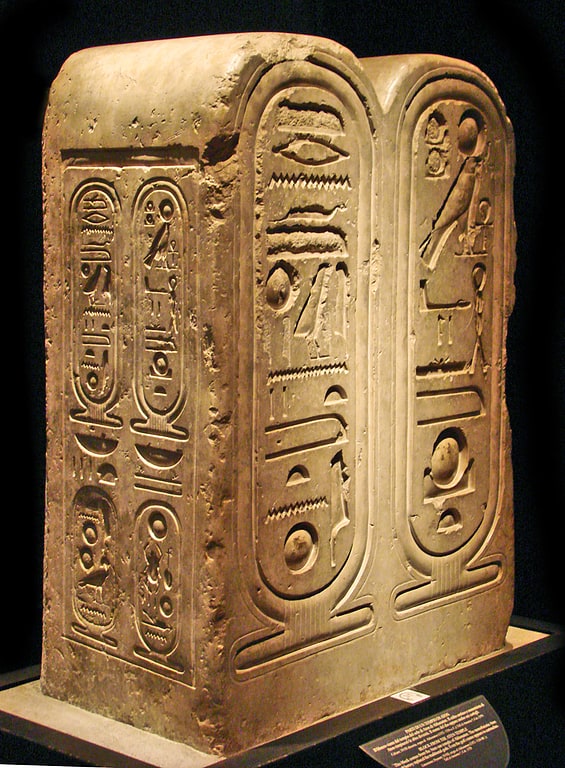
Egyptian temple in Egypt. The Great Temple of the Aten was a temple located in the city of el-Amarna, Egypt. It served as the main place of worship of the deity Aten during the reign of the 18th Dynasty pharaoh Akhenaten. Akhenaten ushered in a unique period of ancient Egyptian history by establishing the new religious cult dedicated to the sun-disk Aten. The king shut down traditional worship of other deities like Amun-Ra, and brought in a new era, though short-lived, of seeming monotheism where the Aten was worshipped as a sun god and Akhenaten and his wife, Nefertiti, represented the divinely royal couple that connected the people with the god. Although he began construction at Karnak during his rule, the association the city had with other gods drove Akhenaten to establish a new city and capital at Amarna for the Aten. Akhenaten built the city along the east bank of the Nile River, setting up workshops, palaces, suburbs and temples. The Great Temple of the Aten was located just north of the Central City and, as the largest temple dedicated to the Aten, was where Akhenaten fully established the proper cult and worship of the sun-disk.[8]